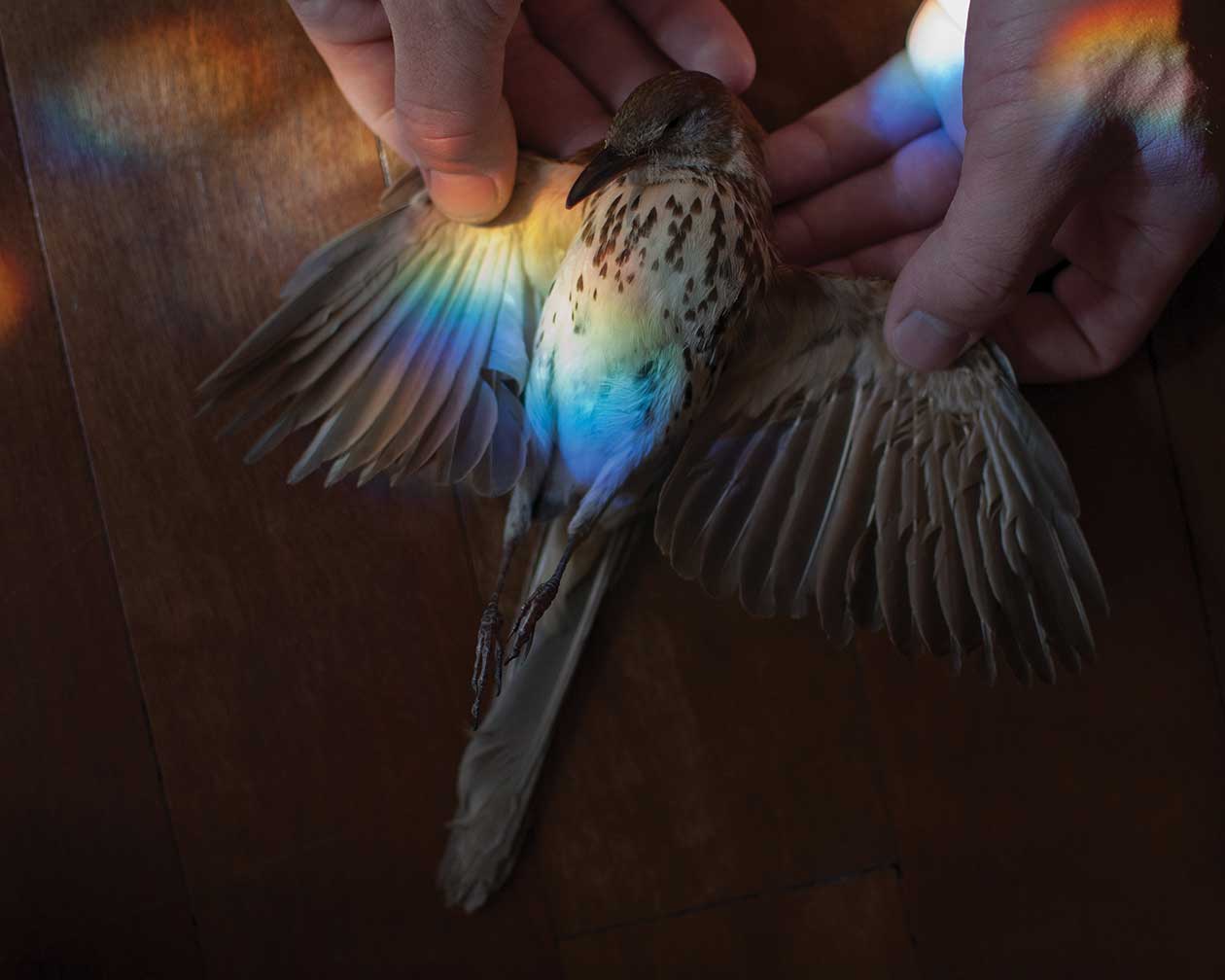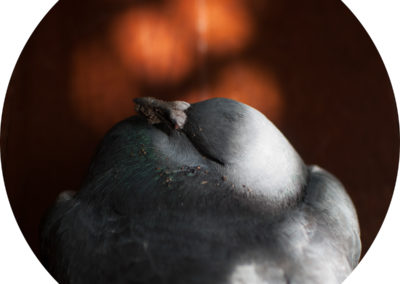
EMMA KISIEL
BIO
Emma Kisiel holds a bachelor of fine arts with an emphasis in photography from the University of Colorado Denver. Her work has been featured online on Lenscratch, Esquire Magazine Russia, F-Stop Magazine, Feature Shoot, Juxtapoz Magazine, and the Huffington Post, and in print in BLINK Magazine and Shots Magazine. Kisiel is also the author of the blog and online artist index, Muybridge’s Horse.
Emma Kisiel’s photographs are an exploration of the ways in which we as humans experience and interact with animals. Kisiel uses photography to document and ponder her emotional and physical closeness to animals, both living and dead; the significance and future of taxidermy in museums of natural history; and the 21st century culture of places where visitors can experience captive and preserved animals. Often, her images question the authenticity of the moments we share with animals, as well as our comfort with our own mortality. While at times repulsive and confrontational, Kisiel’s photographs draw attention to the preciousness of animals and the importance of a relationship with them, in a sincere and genuine form.
ARTIST STATEMENT
I have always felt an attraction to animals, especially the intimacy their death permits. In Cher Ami, I explore the meaning of examining animals’ bodies up-close, as I have done since childhood, and spend quiet moments appreciating the significant lives of the beings with which we share the planet. These photographs express the magic and beauty of being intimately close to animals in death.
Cher Ami was a famously loyal homing pigeon who, during World War I, suffered a shot to the breast and a destroyed leg, yet diligently delivered a message that saved hundreds of lives. The meaning of his name is “Dear Friend.” Animals play many roles to us as humans; to me, their most significant role is as kindred spirits; dear friends. However, wild animals are just that – undomesticated, untamed, and dangerous to handle in life. As much as I wanted to keep the wild birds, rabbits, and foxes that allowed me to get close to them in my childhood, I understand and respect that the nature of their life is to be separate from me. While holding the vessels for their spirits in my hands, I reflect on their incredible beauty. I rest them in the light of prism-cut glass windows, light that was at one time thought to be given from god, or, in the case of prisms and rainbows, magic.
Literally, rainbows sort color into categories of light. The rainbow is also a gradient, a spectrum, much like a map or grid made for scientific purposes. According to Seeing the Light: Optics in Nature, Photography, Color, Vision, and Holography, since one’s own particular eye is subjective in the perception of a rainbow, “it is your own private rainbow. The light… reaches your eye and misses everyone else’s.” This literature also states that “as you move… the rainbow moves with you… and you never can get any closer to… its ‘end.’” The appreciation I feel for animals is my own private experience. I cannot expect others to feel the way I do; these pictures are made as an expression of my own reaction to animal life. As much as I try to understand animals, there will forever be a certain barrier; I can never get any closer to them. Our perception of animals is veiled, no matter how much we can learn from them and their bodies after their death.




